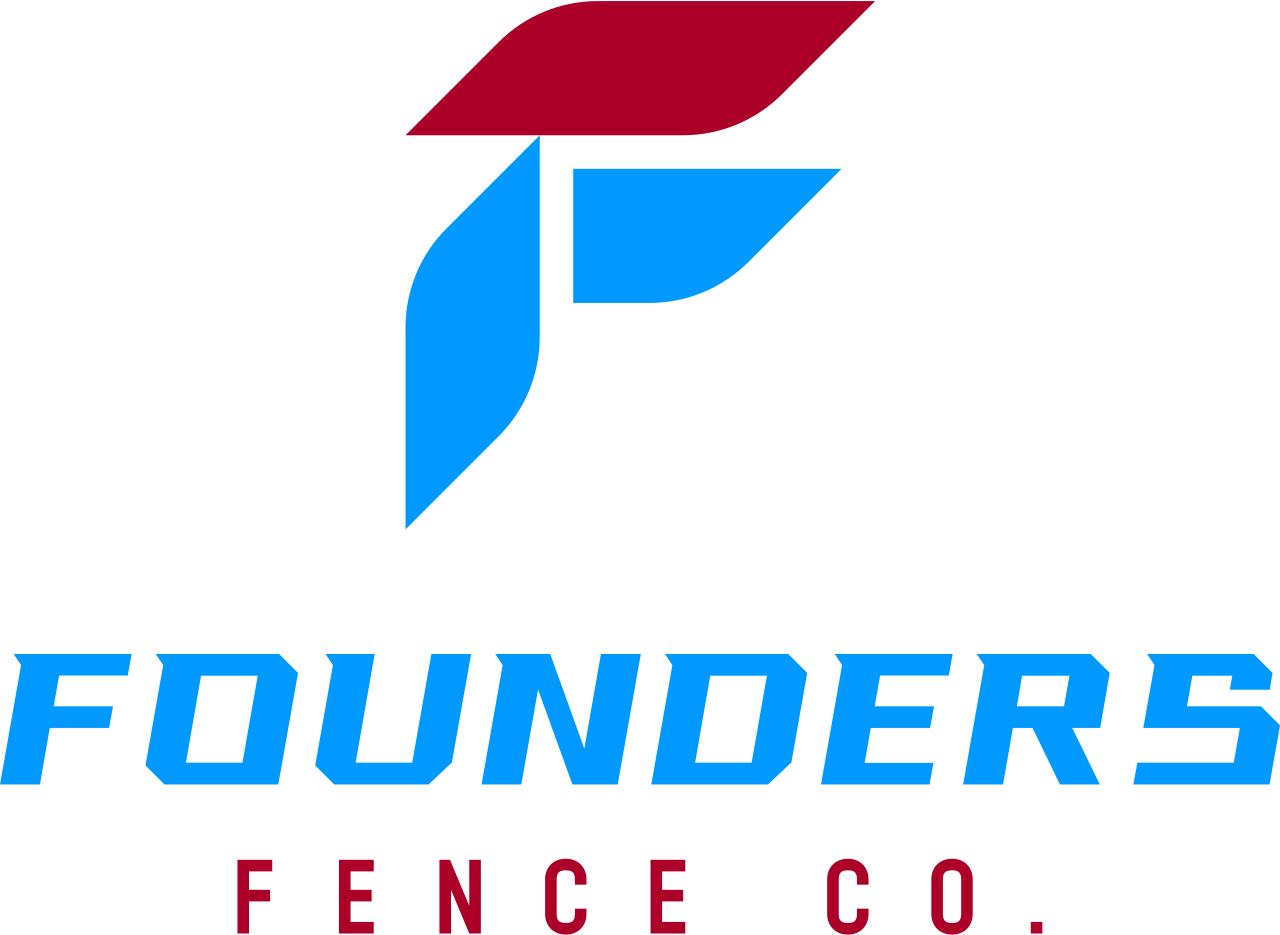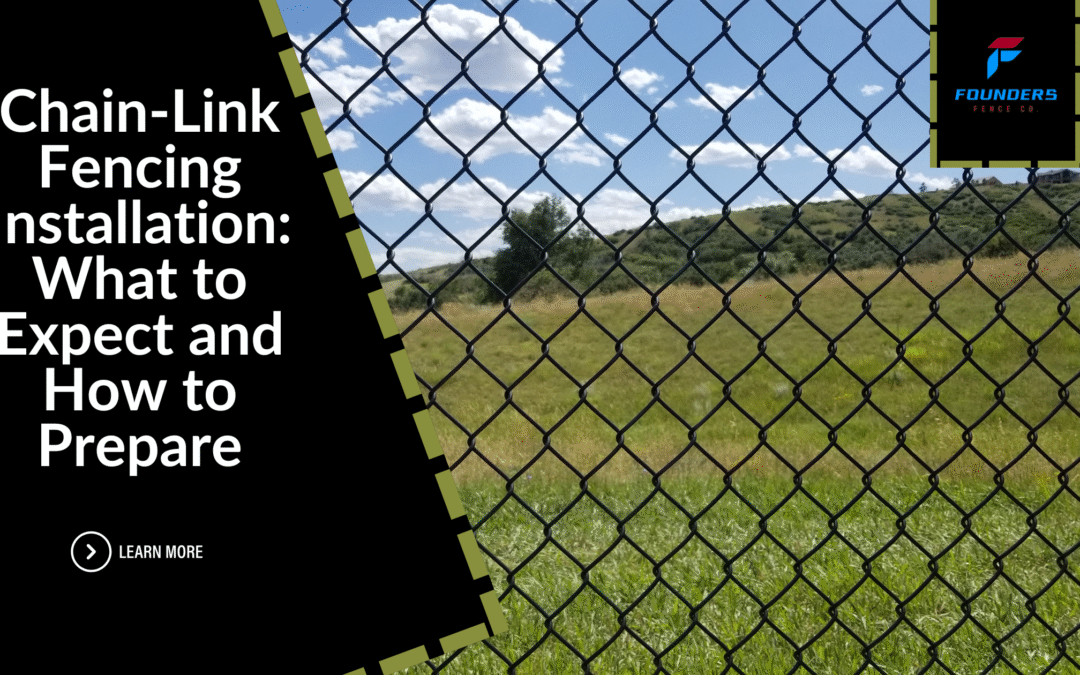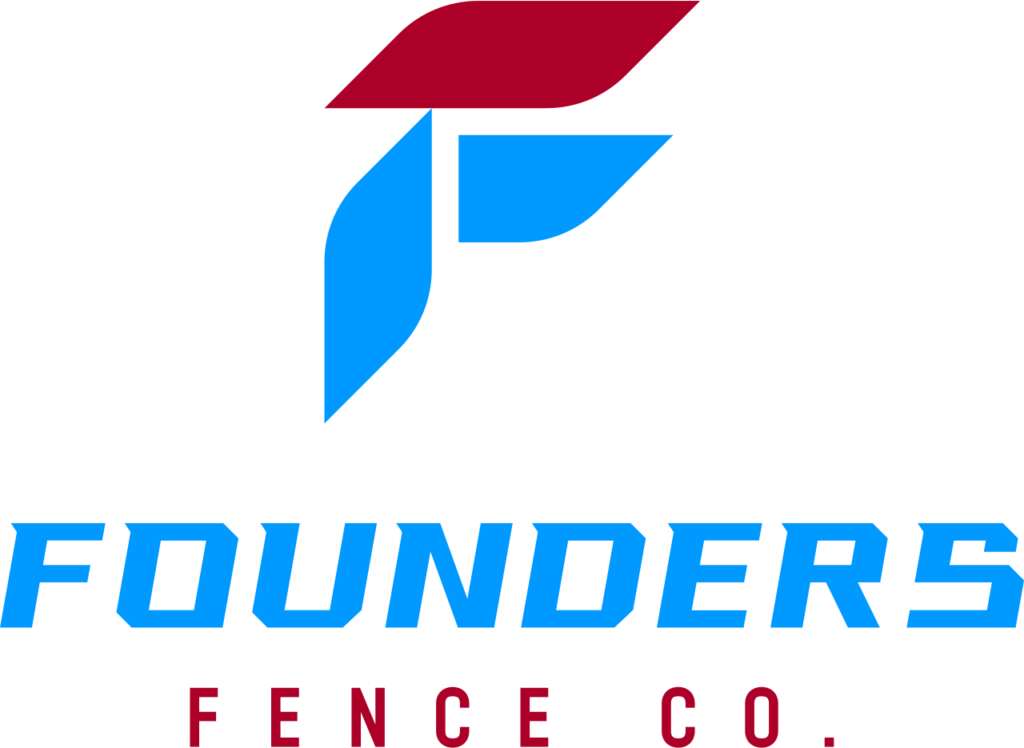- Understand the full chain-link fence installation process, including site preparation, material choices, and timeline expectations for commercial properties.
- Learn how to plan access points, choose add-ons like gates and privacy slats, and manage potential disruptions during installation.
- Get expert tips on working with professional contractors and maintaining your fence for long-term durability and security.
Outdoor security plays a major role in protecting your commercial property. If your business owns or manages land, equipment yards, warehouses, or any open areas, fencing becomes a key part of keeping the space protected and well-defined. Chain-link fencing stands out as one of the most reliable and cost-effective solutions for such needs.
Let’s walk you through what you can expect during a chain-link fence installation and how you can prepare for a smooth and efficient process. Whether you’re managing a commercial storage yard, a construction site, or a parking area, understanding the process will help you make better decisions and save time.
What Is Chain-Link Fencing?
Chain-link fences are made from interwoven steel wires that form a strong mesh. They are supported by metal posts and can be customized in height and length. These fences are widely used in commercial spaces because they are sturdy, long-lasting, and relatively quick to install.
Their visibility makes them suitable for locations where monitoring is important. They also work well for enclosing large areas without blocking sightlines, which is useful for both security and supervision.
Knowing the Purpose of the Fence
Before the installation begins, it’s helpful to be clear about why you need the fence. Some business owners want to stop unauthorized access. Others want to set property boundaries or simply control vehicle and foot traffic.
The purpose will affect several decisions, such as fence height, material thickness, and whether you need gates for entry. You may also want to consider whether you need barbed wire or privacy slats, depending on the level of security or coverage you’re looking for.
Choosing the Right Contractor
Hiring a professional team makes a big difference. Chain-link fencing may seem straightforward, but there are several technical steps that require precision. A skilled contractor will check the land, measure the area correctly, and suggest the best layout based on your needs.
Look for a company that has experience working with commercial properties. Their team should be able to guide you through permits, offer material options, and complete the job in a timely manner.
At Founders Fence, we invite you to visit our business to discuss your fencing needs. Our team is committed to providing exemplary service to commercial property owners who value reliability, durability, and professionalism.
Reviewing Local Regulations and Permits
Every city has rules for commercial fencing, including height limits and boundary requirements. Before work starts, it’s important to confirm whether a permit is needed.
In many cases, contractors handle this step, but it’s still good to be aware. This helps avoid delays or fines down the line. It’s also smart to confirm where your property lines begin and end. Installing a fence, even a few inches off, can lead to costly disputes.
Preparing the Site
Preparing the ground is an important part of the installation process. This step helps avoid delays once the crew begins working.
Make sure the area is clear of vehicles, materials, or debris. If you have large equipment stored near the fencing area, consider moving it ahead of time. In some cases, minor land grading might be needed, especially if the terrain is uneven.
Utility lines must be located and marked before digging begins. Underground cables or pipes can pose safety hazards, so identifying them is a legal and safety requirement.
Understanding the Installation Process

Once the site is ready, the crew will begin by marking the fence layout using stakes and strings. They will measure the distances between posts and decide where to place the corners and gates.
Next, they dig the holes for the posts. The posts are then set into the ground with concrete to give them stability. Once the concrete sets, the chain-link fabric is stretched between the posts and tied tightly to prevent sagging.
Tension wires are sometimes added along the top or bottom of the fence to make the structure more rigid. After the mesh is installed, gates are added based on your layout plan.
Planning for Access Points
When you’re fencing in a commercial area, it’s not just about keeping people out. You’ll need to think about how people and vehicles will get in. Gates should be wide enough for trucks or service vehicles, especially if you use the space for deliveries, storage, or large equipment.
Some properties need one access point, while others benefit from having multiple. Swing gates are common, but sliding gates are useful for locations with limited space. You can also add lock systems, padlocks, or keypad entry depending on your site’s requirements.
Considering Add-Ons for Extra Security
Chain-link fences can be upgraded for added safety or privacy. One option is barbed wire, which can be added to the top of the fence to discourage climbing. This is useful for areas where theft is a concern.
Another option is adding privacy slats. These are vertical inserts that slide into the mesh. They don’t offer full visual coverage but can limit visibility into your property. Windscreens are sometimes used at construction sites or athletic fields to block dust and wind.
These add-ons can be installed during the initial setup or added later as your needs grow.
Discussing Material and Coating Options
While traditional chain-link fences are silver in color, newer options are available. Galvanized steel is the most common material, but you can also choose a vinyl-coated finish in black, green, or brown.
Coated fencing blends better with the surroundings and may resist rust better in harsh environments. Vinyl options also tend to look more polished, which can be a good fit for businesses that value appearance as much as function.
Your contractor can help you choose the material based on your site conditions, budget, and long-term goals.
Managing Timeline and Installation Disruptions
A chain-link fence can often be installed in just a few days, depending on the project size. Smaller enclosures may only take one or two days, while larger projects with add-ons could take longer.
It’s helpful to speak with your contractor about the schedule. Try to plan installation during non-peak hours or slow business days. This will minimize the impact on your staff and customers.
Some disruption is unavoidable, especially during post-hole digging and concrete work. Advance planning can reduce delays and help everyone stay informed.
Maintaining the Fence Over Time
Chain-link fencing doesn’t require much upkeep. However, regular inspections help spot early signs of wear. Check for loose wires, rusted areas, or damage near the bottom where it meets the ground. Remove debris or vegetation that may collect near the base, as this can lead to corrosion over time.
If your fence includes gates, make sure hinges and locks are working properly. Applying lubricant to moving parts can improve their lifespan.
Budgeting for Your Fence Project
Costs depend on the length of the fence, the type of materials used, and the difficulty of the terrain. Add-ons like barbed wire, privacy slats, or sliding gates will increase the total price.
While it may be tempting to focus only on cost, long-term value should also be considered. A poorly installed fence can lead to higher repair or replacement expenses in the future.
A reliable contractor will provide a clear and detailed quote that includes labor, materials, and any additional work required.
Scheduling Your Installation
Once you’ve reviewed the plan, selected the materials, and confirmed the timeline, the next step is booking your installation. It’s best to schedule early, especially during busy seasons when construction projects are more common.
Good contractors tend to have packed calendars, so giving yourself a few weeks’ lead time will help things move smoothly. Our team is ready to assist you with scheduling, planning, and completing your fencing project with professionalism and care.
Final Thoughts
Installing a chain-link fence is a smart investment for any commercial property that requires security and clear boundaries. When properly installed, it protects your assets, guides traffic, and keeps your business looking organized and well-managed.
From the first layout drawing to the final gate adjustment, every step plays a role in building a fence that lasts. By understanding the process and preparing in advance, you’ll make the most of your investment.
Ready to get started? Protect your property with fencing that lasts with our team at Founders Fence. We’re proud to provide quality service, professional installation, and long-lasting results. Contact us today to schedule a professional consultation and receive a custom solution tailored to your commercial space.


